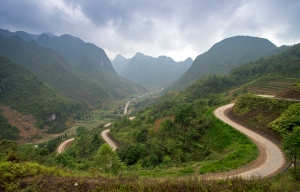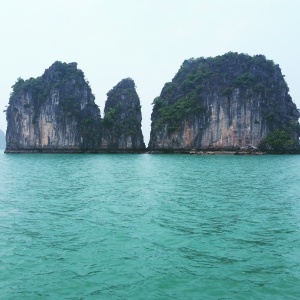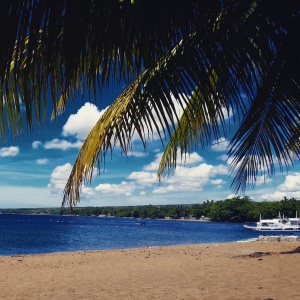“Every time I slip into the ocean, it’s like going home.”
–Sylvia Earle, marine biologist, explorer, author, and lecturer
There is something magical about being underwater. Gravity is much less relevant here. You feel the swell of the tide gently push and pull as you float along the reef. You hear the clicks and pops and alien noises of the deep, and you watch as your breath rises in columns of bubbles toward a receding world of air and light.
Here time seems to slow down. Here your spirit grows quiet, pensive, present. Breathe in, breathe out.
Float, glide, rise, fall.
This video was filmed in Dumaguete and Apo Island in April, but I just now got around to editing it together. Enjoy!





